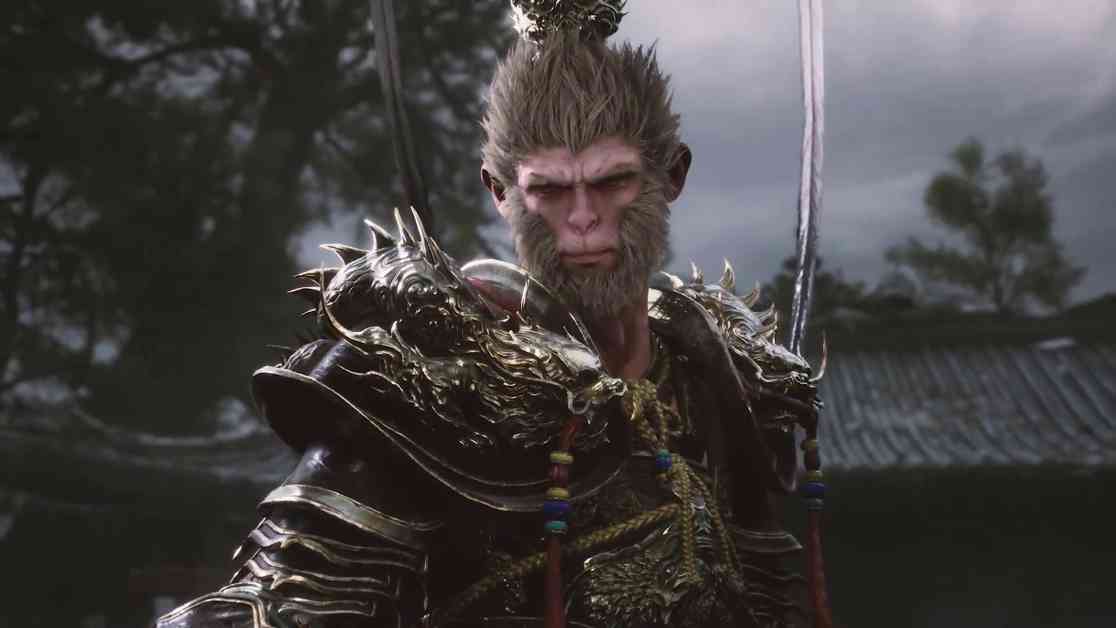The Impact of Black Myth: Wukong on Tourism in Shanxi Province
The release of the highly anticipated game Black Myth: Wukong has not only captured the hearts of gamers worldwide but has also had a significant impact on tourism in China’s Shanxi Province. Known for its rich history and ancient architecture, Shanxi Province is home to 27 of the 36 locations featured in the game, making it a prime destination for fans looking to immerse themselves in the world of Wukong.
One of the most notable effects of the game’s release on the tourism industry in Shanxi Province is the surge in visitors to the various filming locations featured in Black Myth: Wukong. According to a staff member at the Xiaoxi Tian shrine, ticket sales on August 20 saw a remarkable increase of 300% compared to the same day last year. This sudden influx of tourists has not only brought economic benefits to the region but has also sparked interest in the preservation and promotion of these ancient sites.
In response to the overwhelming demand from visitors, tourism sites in Shanxi Province are taking steps to enhance the overall visitor experience. The Xiaoxi Tian shrine, for example, has announced plans to upgrade its smart ticketing system to accommodate the growing number of tourists. Additionally, content from Black Myth: Wukong has been integrated into the tour guides’ scripts, providing visitors with a more immersive and informative experience as they explore the historical sites.
The Success of Black Myth: Wukong in the Gaming Industry
Black Myth: Wukong has not only made waves in the tourism industry but has also achieved remarkable success in the gaming world. Since its release, the game has topped the Steam concurrent players charts for three consecutive days, with player numbers exceeding 2.4 million on multiple occasions. This unprecedented success has solidified Black Myth: Wukong’s position as one of the most popular and critically acclaimed games of the year.
The game’s popularity can be attributed to its captivating storyline, stunning graphics, and immersive gameplay experience. Drawing inspiration from the classic Chinese novel Journey to the West, Black Myth: Wukong transports players into a fantastical world filled with mythical creatures, epic battles, and ancient landscapes. The attention to detail in recreating the historical sites of Shanxi Province has further enhanced the game’s allure, attracting players from around the globe who are eager to explore the rich cultural heritage of China.
As the gaming community continues to praise Black Myth: Wukong for its innovative gameplay and breathtaking visuals, the developers behind the game have announced plans to expand the world of Wukong with future updates and downloadable content. With its growing fan base and critical acclaim, Black Myth: Wukong is poised to become a landmark title in the gaming industry, setting a new standard for storytelling and gameplay in the world of video games.
Promoting Cultural Heritage Through Gaming
The success of Black Myth: Wukong in boosting tourism in Shanxi Province highlights the potential of video games as a powerful tool for promoting cultural heritage and historical sites. By showcasing the beauty and significance of ancient landmarks through immersive gameplay experiences, games like Black Myth: Wukong have the ability to educate and inspire players about the rich history of different regions around the world.
In addition to attracting tourists and driving economic growth, the popularity of Black Myth: Wukong has also raised awareness about the importance of preserving and celebrating cultural heritage. As more and more players embark on virtual journeys through the ancient sites of Shanxi Province, they are not only experiencing the thrill of exploration but are also gaining a deeper appreciation for the historical significance of these locations.
Moving forward, it is essential for developers and stakeholders in the gaming industry to continue creating games that celebrate and promote cultural heritage in a responsible and respectful manner. By harnessing the power of technology and storytelling, video games have the potential to bridge the gap between the past and the present, preserving the legacy of ancient civilizations for future generations to appreciate and cherish.









![Indie music fans gather at l’Antipode for [Face B] Kool Things soirée on Saturday night news-15112024-105933](https://shanghainewstv.com/wp-content/uploads/2024/11/news-15112024-105933-218x150.jpg)







